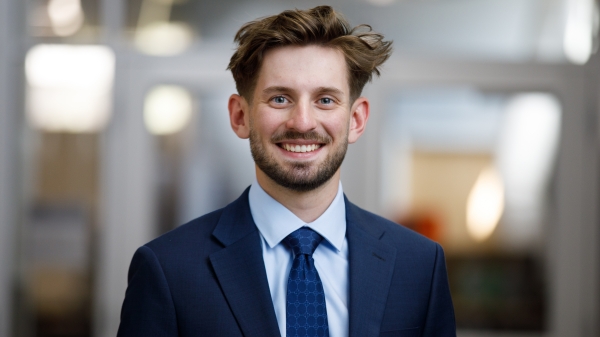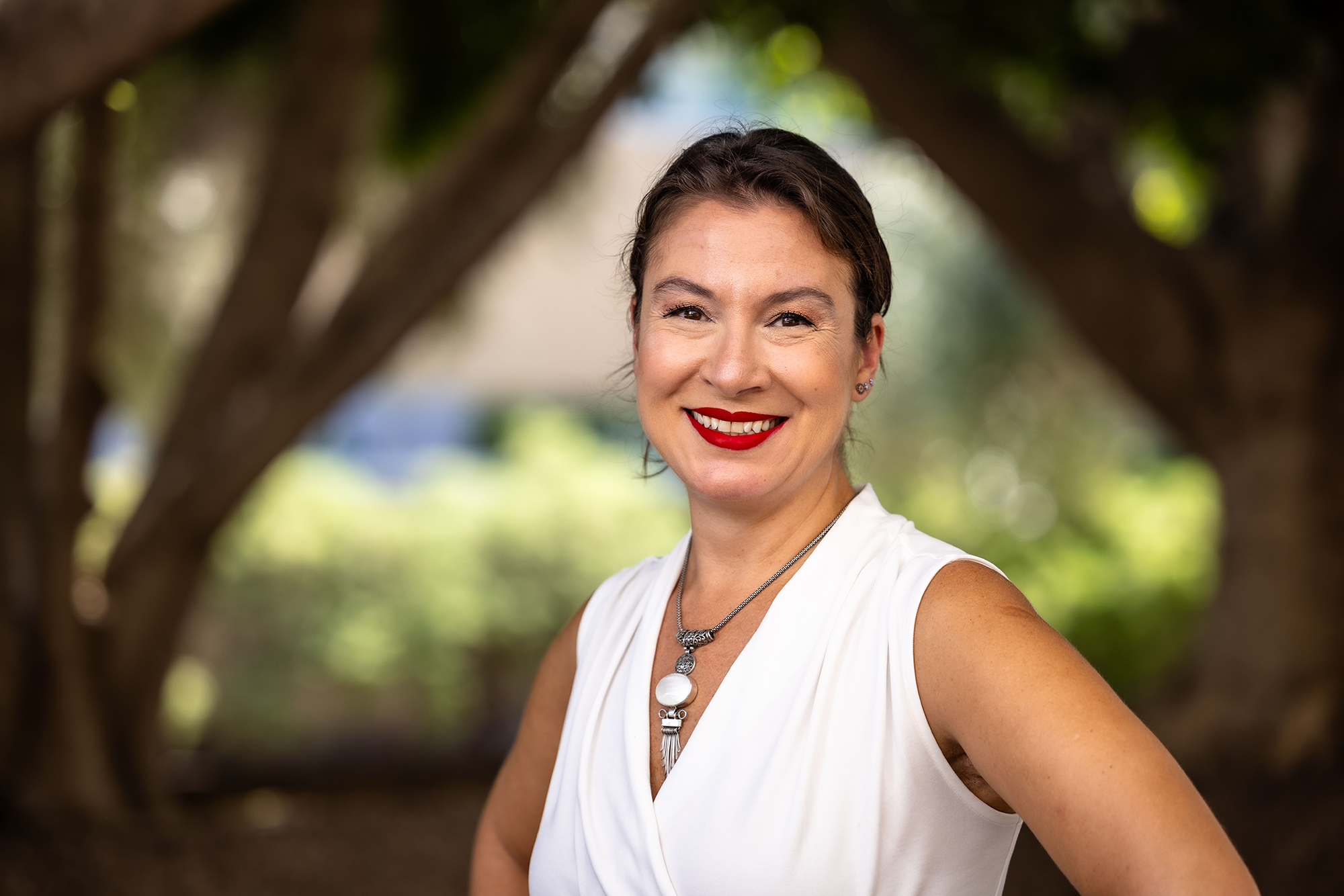As Mesa Public Schools — the largest school district in Arizona — struggled to fill open counseling positions over the last several years, an idea began to percolate for Michael Garcia.
Garcia is the director of opportunity and achievement at Mesa Public Schools. He’s also an Arizona State University alumnus, having earned his bachelor’s degree in 2003 and his doctorate in 2018.
Garcia was confronted with disturbing numbers: According to the American School Counselor Association (ASCA), Arizona had the worst counselor-to-student ratio — 716-to-1 — in the country in the 2020–21 school year.
ASCA recommends a counselor-to-student ratio of 250-to-1.
“Every year, we’ve had vacancies that have gone unfilled,” Garcia said.
To try to help solve the problem, Garcia turned to his maroon-and-gold roots.
“Often, I’ve had community members reach out to me and ask, ‘How do I become a school counselor?’” Garcia said. “As an ASU grad myself, it was really hard for me to say, ‘Go somewhere else besides ASU.’ So I was hoping (the university) would see the need and respond.”
ASU has done just that.
The School of Counseling and Counseling Psychology in the College of Integrative Sciences and Arts has created a new master’s degree concentration that is focused on training students to become K–12 counselors and enabling them to apply for licensure in schools upon graduation.
The concentration, which began this fall semester, includes two new courses: CED 510: Introduction to School Counseling; CED 511: Career Development and Advanced Educational Planning; and a revamped course CPY 691: Special Topics: Counseling Children and Adolescents.
Ayşe Çiftçi, director of the School of Counseling and Counseling Psychology, said ASU has had a Master of Counseling degree for decades but added the school concentration at the request of Mesa Public Schools.
Previously, ASU students who earned a master’s degree would have had to apply to another university in order to earn a certificate in school counseling, said Jennifer Pereira, director of master’s training and a clinical associate professor in the counseling program.
“We see the mental health needs in the K–12 system,” Çiftçi said. “From bullying to violence and drug addictions, you want to do the mental health intervention as early as possible … Once you start working in the K–12 system, you have a direct impact in the community. It goes beyond students. You touch families and communities.”
Ayşe Çiftçi, director of the School of Counseling and Counseling Psychology at ASU. Photo by Charlie Leight/ASU News
Garcia said the shortage of counselors in Arizona’s K–12 schools can be attributed to two factors.
In April 2021, the Arizona Department of Education announced it was allocating $21.3 million of federal recovery dollars to fund the School Safety Program’s counselor and social worker waitlists. The allocation created 71 school counselor jobs and 69 school social worker jobs across the state.
“It was a wonderful thing,” Garcia said.
The problem: There haven’t been enough applicants to fill the open positions.
“We (Mesa Public Schools) were awarded 21 positions,” Garcia said. “And that’s just our district. These jobs were being granted all over the state. And we’ve probably captured everybody that’s looking for a job at this point.”
The pandemic also exacerbated the shortage, Garcia said.
“We had a lot of people leave the public school system and go into private practice,” Garcia said. “There’s also a lot of options out there now through telehealth and other places for counselors to go get work.”
In November 2022, Garcia wrote a letter to the School of Counseling and Counseling Psychology asking for help in creating a program that would allow graduate students to become certified in school counseling.
Pereira said Joanna Grabski, dean of the College of Integrative Sciences and Arts, quickly and enthusiastically approved the new concentration.
“Then we wrote the coursework and sort of designed a shell of what the concentration would be like,” Pereira said. “Basically, the process has been very smooth.”
Garcia said the next step is trying to get tuition coverage for students through the Arizona Teachers Academy Scholarship. Currently, the academy offers tuition breaks to students who agree to teach in Arizona schools upon graduation.
“It’s about having the state recognize the fact there are other (future) professionals on campuses that could also benefit from these programs,” he said.
Garcia said he’s thankful that when he told ASU about the problem, the university stepped up with a solution.
“When it comes to building more opportunities to be prepared for the job,” Garcia said, “having a degree program at our university in town just made sense.”
Top photo courtesy iStock/Getty Images
More Science and technology

Cracking the code of online computer science clubs
Experts believe that involvement in college clubs and organizations increases student retention and helps learners build valuable social relationships. There are tons of such clubs on ASU's campuses…
Consortium for Science, Policy & Outcomes celebrates 25 years
For Arizona State University's Consortium for Science, Policy & Outcomes (CSPO), recognizing the past is just as important as designing the future. The consortium marked 25 years in Washington, D…

Hacking satellites to fix our oceans and shoot for the stars
By Preesha KumarFrom memory foam mattresses to the camera and GPS navigation on our phones, technology that was developed for space applications enhances our everyday lives on Earth. In fact, Chris…

